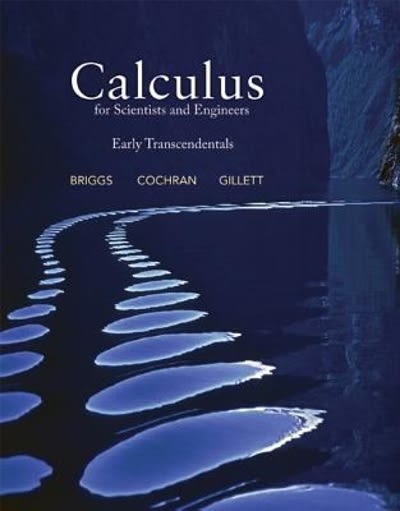Answered step by step
Verified Expert Solution
Question
1 Approved Answer
(Ch12-prob set-Q11) please answer all questions. Numerical values go up to the 3rd decimal place. You are interested in testing the hypothesis that babies who
(Ch12-prob set-Q11) please answer all questions. Numerical values go up to the 3rd decimal place.

Step by Step Solution
There are 3 Steps involved in it
Step: 1

Get Instant Access to Expert-Tailored Solutions
See step-by-step solutions with expert insights and AI powered tools for academic success
Step: 2

Step: 3

Ace Your Homework with AI
Get the answers you need in no time with our AI-driven, step-by-step assistance
Get Started


